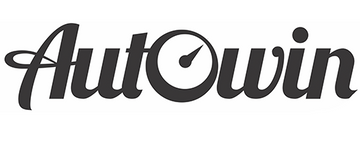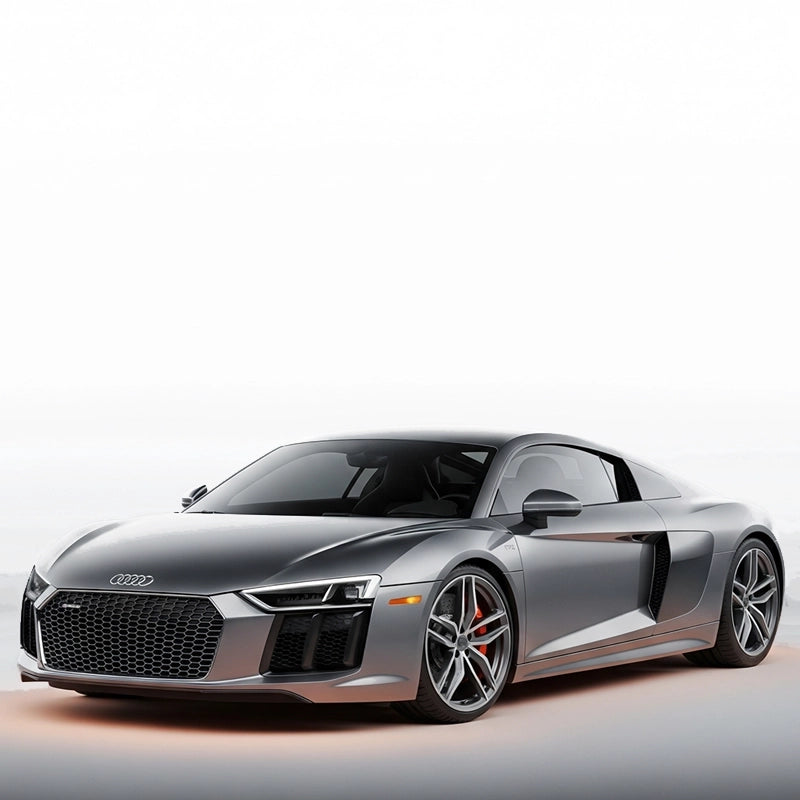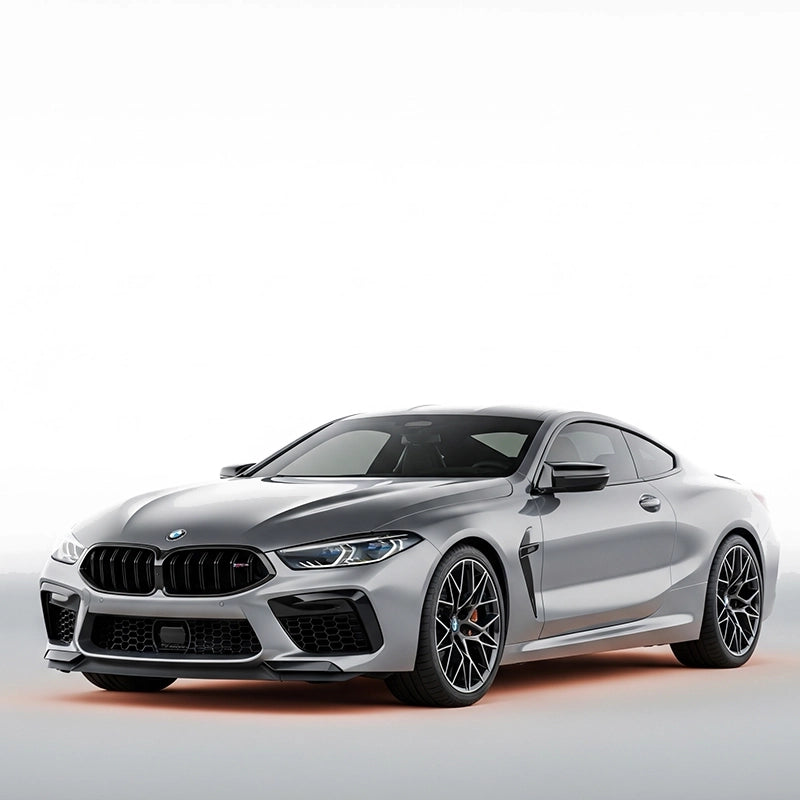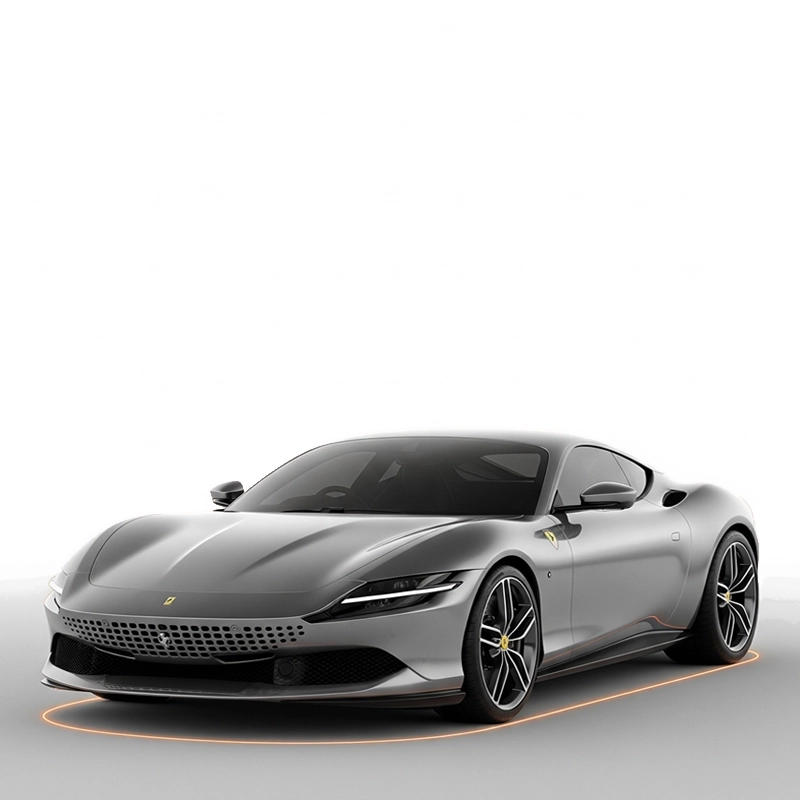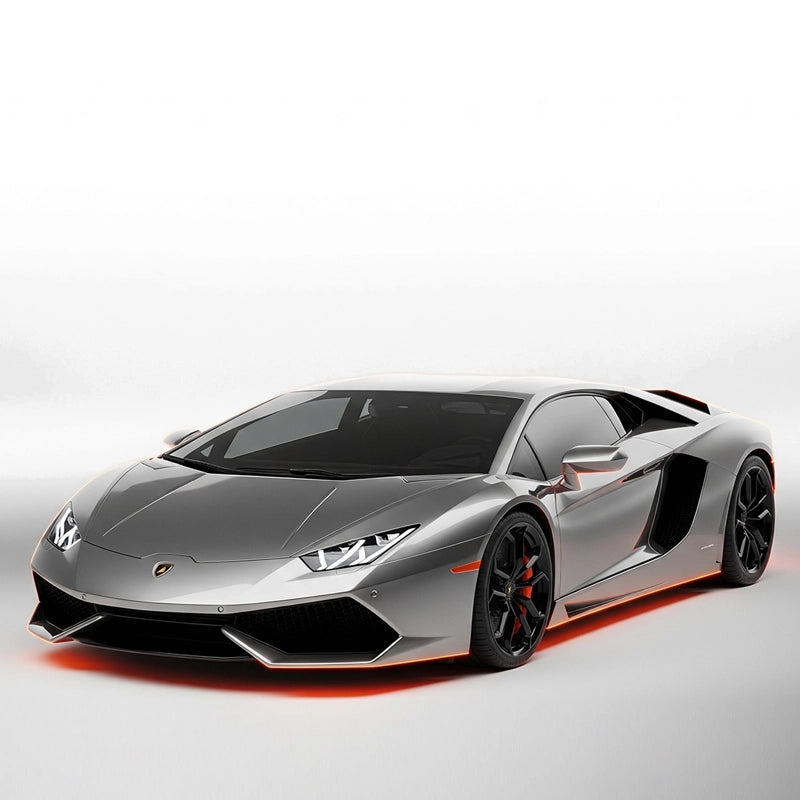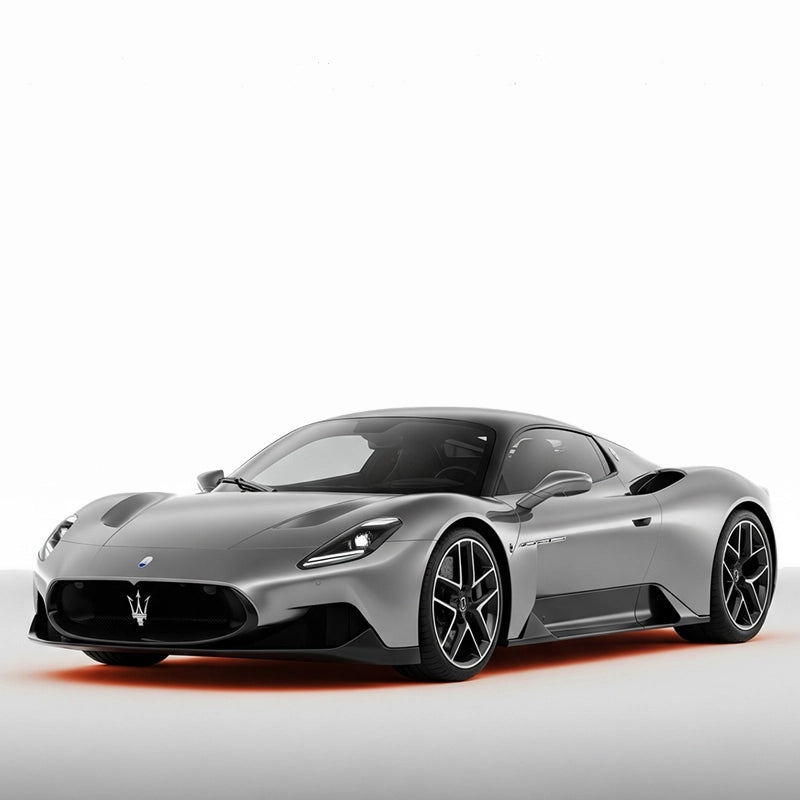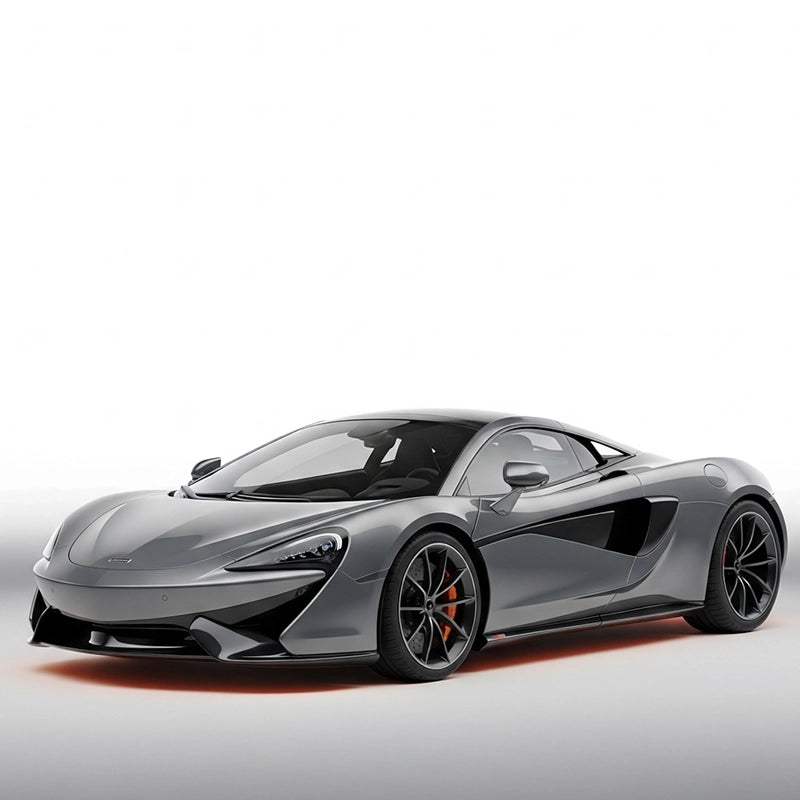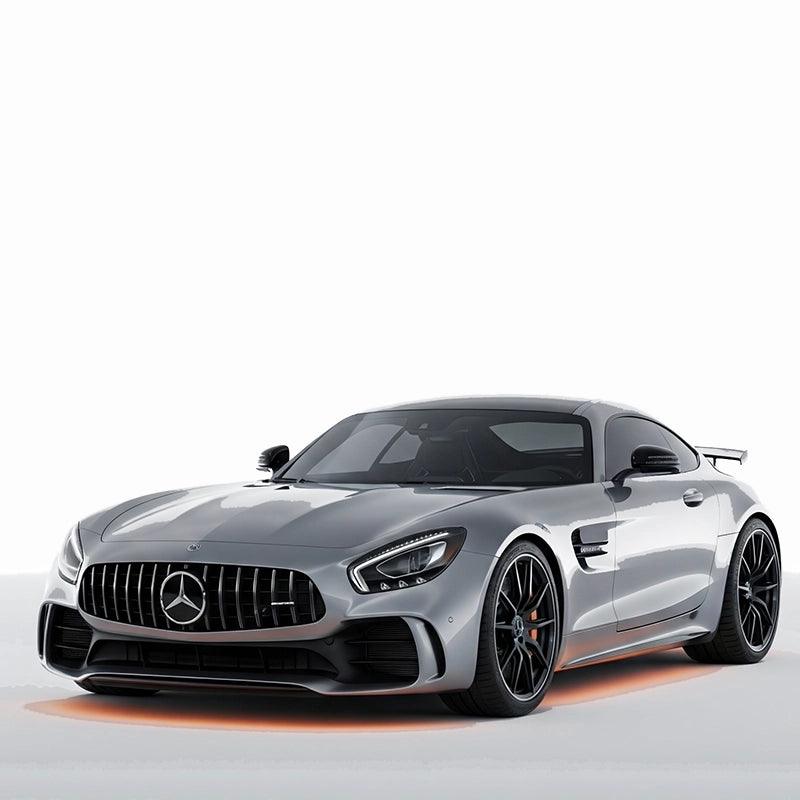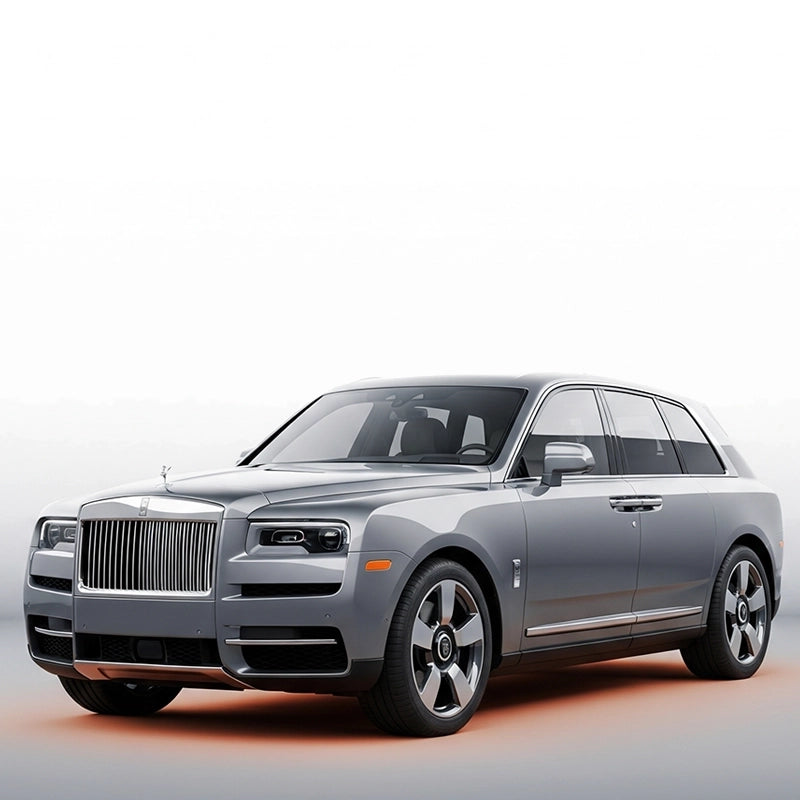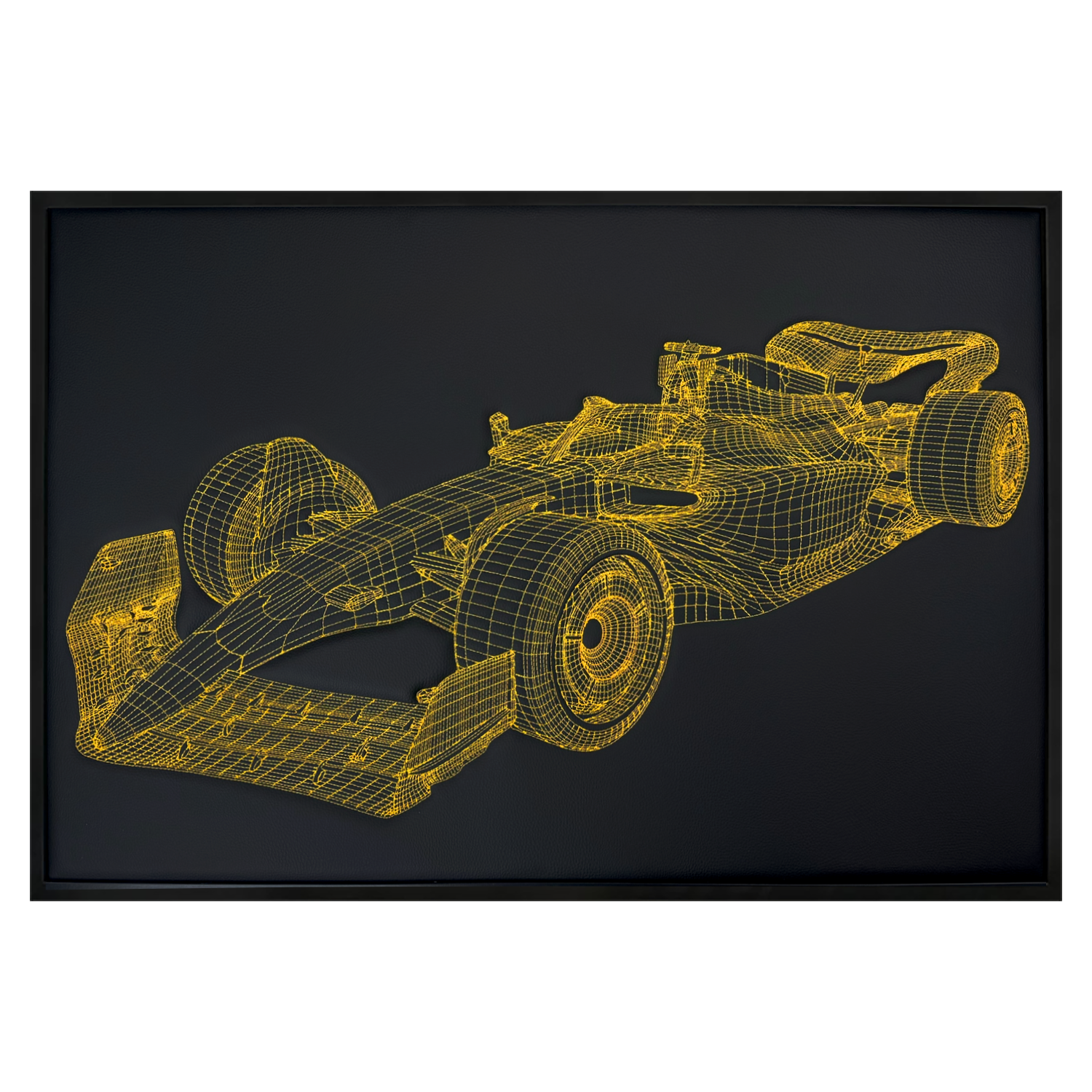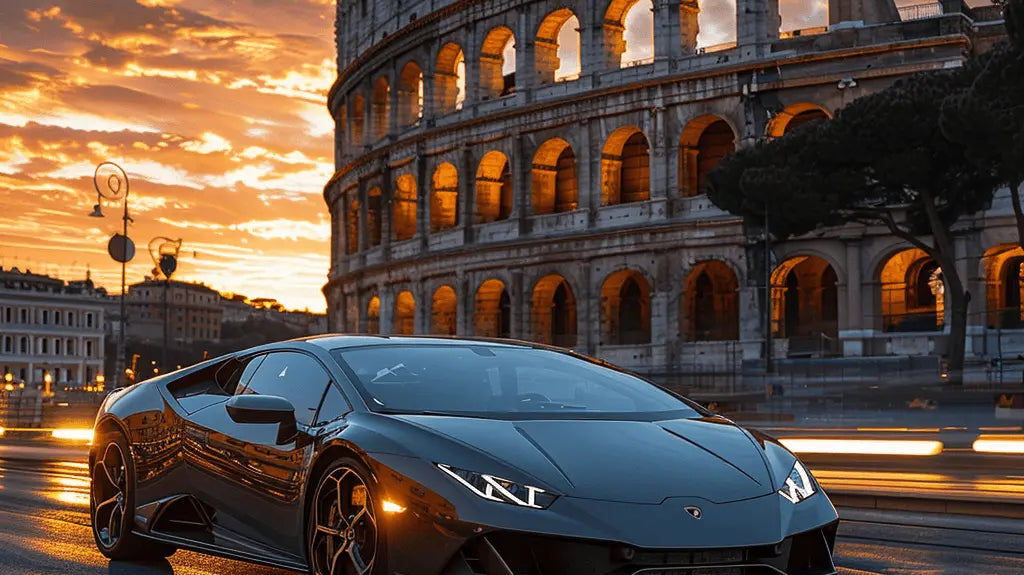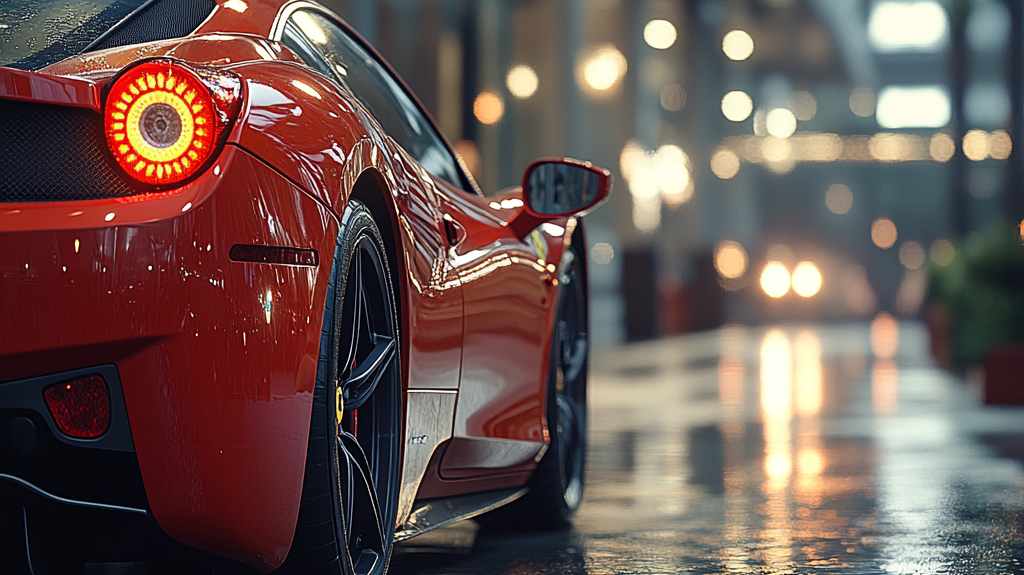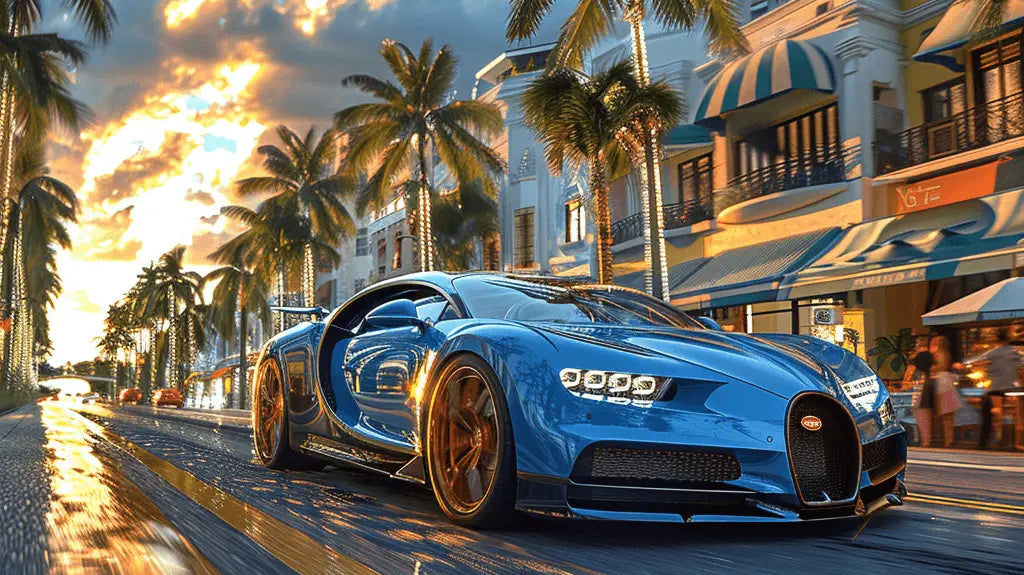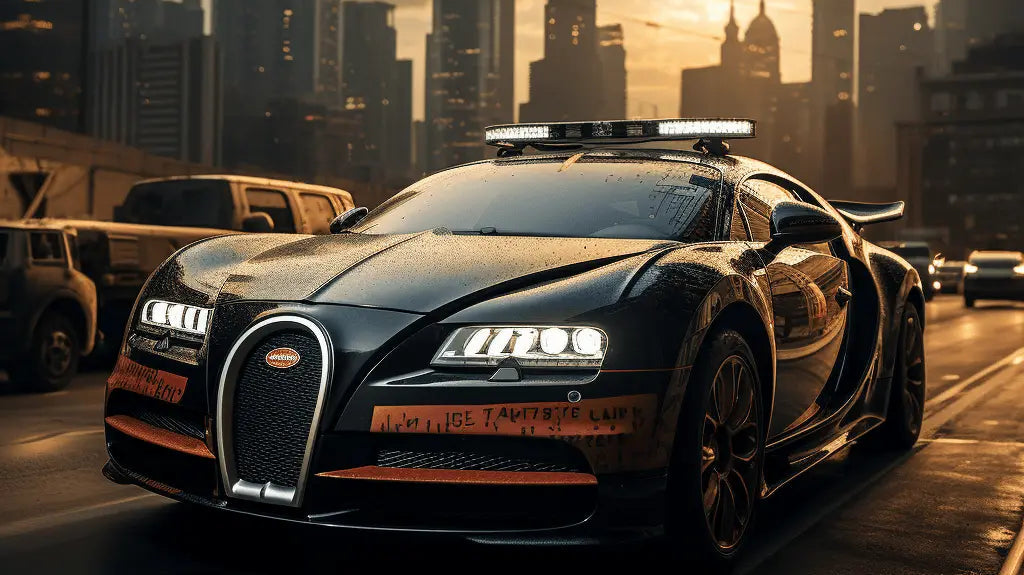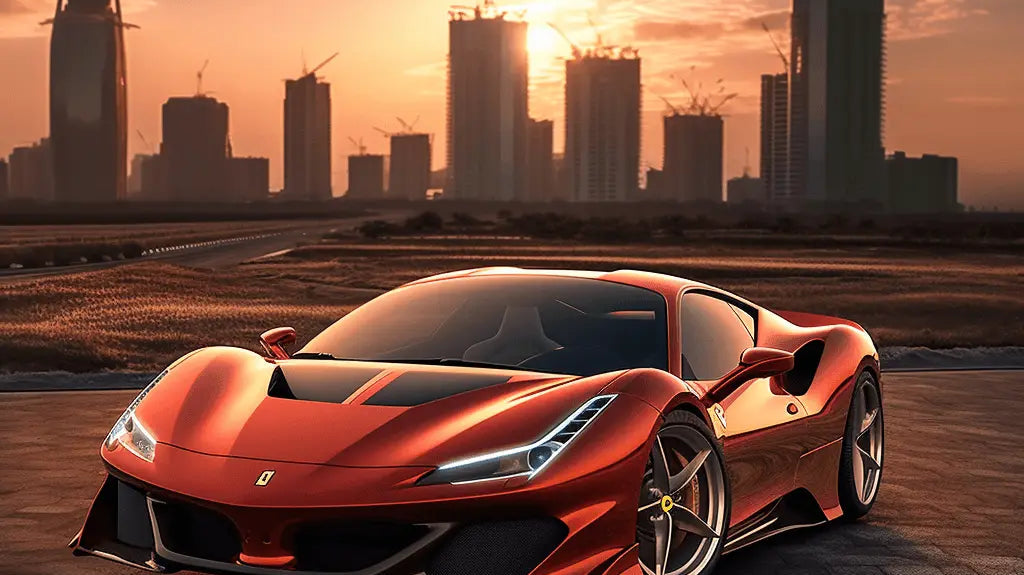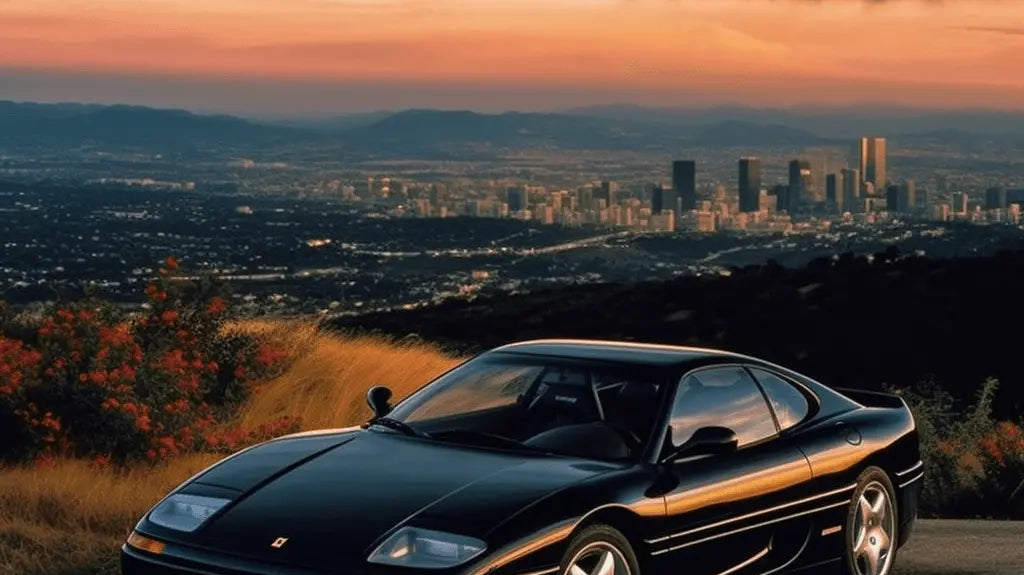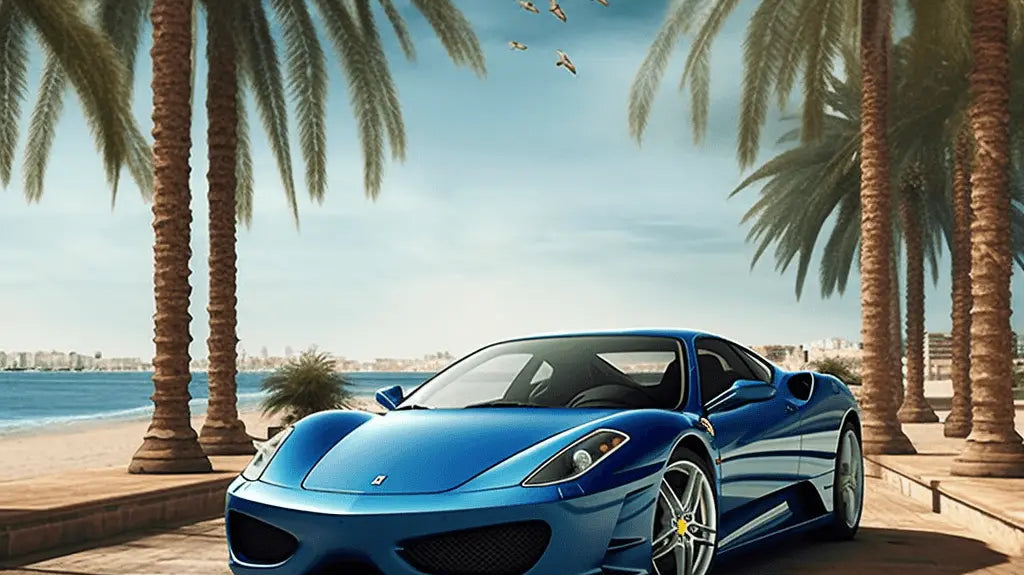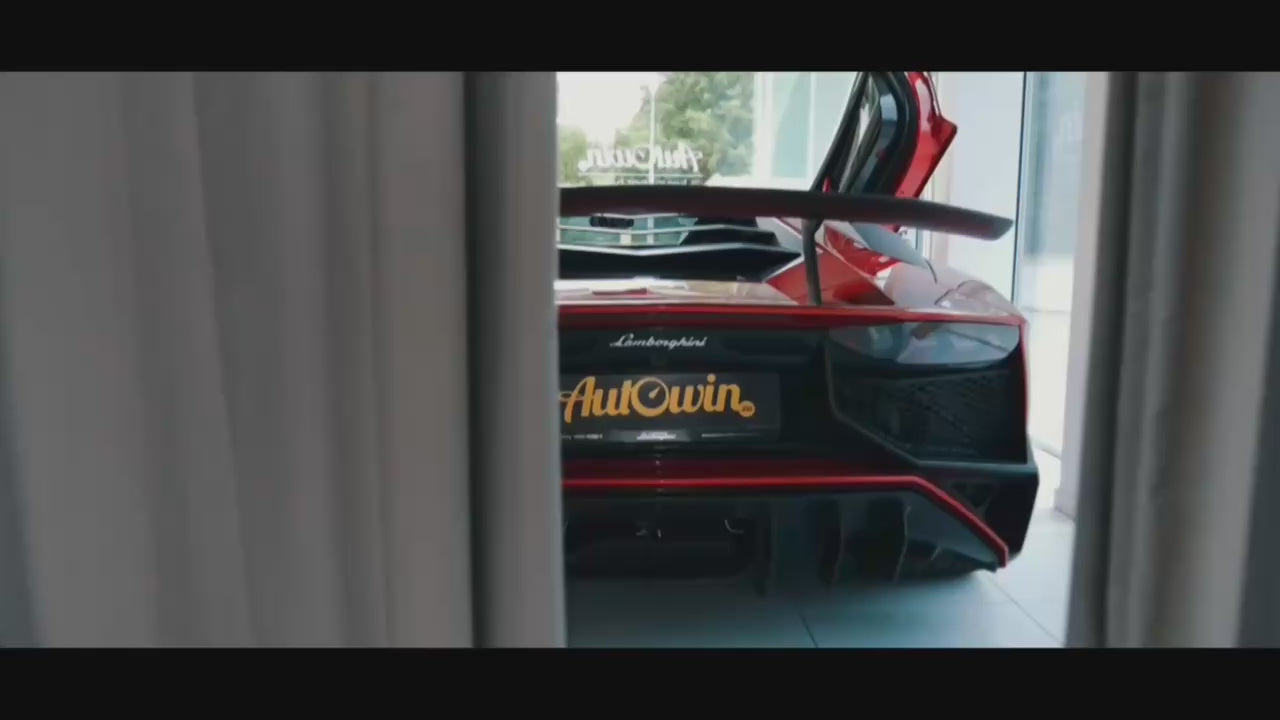Ferrari prancing horse logo: from pilot’s emblem to racing icon
I still remember the first time I brushed the badge with my thumb on a well-worn 308’s steering wheel—quiet workshop, smell of warm oil, that tiny stallion looking ready to bolt. The Ferrari prancing horse logo does that to you. It’s not just decoration; it’s a story. A proper one too, born in the skies, refined in pit lanes, and stamped onto everything from championship silverware to key fobs—and yes, even the floor mats a few owners proudly showed me at cars and coffee.
Origins of the Ferrari prancing horse logo: Count Francesco Baracca
Before the emblem ever saw a chequered flag, it was painted on the fuselage of an Italian SPAD fighter. Count Francesco Baracca—Italy’s leading World War I ace with 34 confirmed victories—flew with a black horse rearing on his aircraft. He became a national hero, the kind of figure schoolchildren drew in their exercise books and pilots silently saluted. His story, as I learned walking through the aviation displays in Italy years ago, is stitched into the very fabric of the prancing horse.
How the Ferrari prancing horse logo leapt from cockpit to pit lane
After Baracca’s death in 1918, Enzo Ferrari met the pilot’s parents. The oft-told tale (and one a few old-timers in Modena will swear by) says Countess Paolina urged Enzo to use the horse for good luck. He did what racers do: he adapted it. He kept the black horse, added a bright Giallo Modena shield, and tucked “SF” for Scuderia Ferrari underneath. Scuderia Ferrari was founded in 1929, and by 1932 the emblem officially appeared on the team’s Alfa Romeos at Spa. Names like Giuseppe Campari were giants of that era, and the horse quickly became shorthand for speed and grit.
Evolution of the Ferrari prancing horse logo: from shield to nose badge
It’s easy to think the badge never changes, but it has—quietly. The stallion’s silhouette has been refined over decades, the tail flick just so, the stance a touch more athletic, the lines crisper. You’ll spot:
- The shield badge with yellow background on race cars and some road cars (and jacket sleeves, naturally).
- The rectangular nose badge on most road-going Ferraris.
- “SF” on the shield—simple, purposeful, and wonderfully old-school.
When I parked a mid-engine Ferrari on rough cobbles in Bologna once (don’t judge), a kid pointed at the shield and grinned. That’s the magic of a good emblem: instant recognition from a few meters away, even among people who couldn’t care less about horsepower figures.
Quick highlights of a century-old icon
- World War I origin: the horse of ace pilot Count Francesco Baracca
- Enzo’s touch: yellow Modena background and “SF” script
- First race appearance: early 1930s with Scuderia Ferrari’s Alfa Romeos
- Enduring design: subtle refinements, same spirit
Ferrari prancing horse logo vs other iconic badges
| Brand | Symbol | Origin Story | First Use (approx.) | What it signals |
|---|---|---|---|---|
| Ferrari | Black prancing horse on yellow shield | Tribute to WWI ace Count Francesco Baracca; Modena yellow background; “SF” for Scuderia Ferrari | 1932 (Scuderia Ferrari on Alfa Romeo race cars) | Racing heritage, Italian pride, mechanical artistry |
| Porsche | Stuttgart crest with a rearing horse | Coat of arms of Stuttgart (stud farm) and Württemberg | 1952 | Engineering purity, sports-car lineage |
| Lamborghini | Golden bull | Founder’s zodiac sign (Taurus) and a nod to bullfighting | 1963 | Defiance, theater, big-engine bravado |
| Alfa Romeo | Cross and serpent (Biscione) | Milanese heraldry; ancient symbols of the city | 1910 | Italian design, early motorsport pedigree |
Living with the badge: details matter (yes, even floor mats)
When you own a Ferrari, you start caring about things you never thought you would. Like whether the cabin quietly telegraphs that same racing heritage you see on the fenders. That’s where small touches—stitching, trim, mats—suddenly feel worthwhile. I’ve climbed into cars where the owner swapped in bespoke mats, and the effect was immediate: looks factory, feels special.
If you’re the type who obsesses over the cabin as much as the exhaust note, AutoWin offers a range of tailored Ferrari floor mats. The fit and finish I’ve seen are tidy—edges sit flat, heel pads are where your feet actually land, and the color trims can echo your exterior paint or brake calipers without descending into carnival territory.
AutoWin e‑shop: curated kit for a tidy cabin
The AutoWin e‑shop has a tidy selection of Ferrari-friendly accessories, including Ferrari floor mats that won’t look out of place in a cabin wearing carbon and Alcantara. I’ve seen owners pair darker mats with bright piping in V12s—subtle in daylight, a nice pop under showroom lights. It’s the sort of detail that makes a valet pause for half a second, which, let’s be honest, is half the fun.
Why the Ferrari prancing horse logo still matters
Logos come and go. This one doesn’t. The Ferrari prancing horse logo endures because it’s less corporate mark and more living story—part tribute, part talisman, part promise. From Count Baracca’s cockpit to Scuderia Ferrari’s garages, it has shadowed victory and heartbreak alike. When you see it today, you see all of that. And on the right road, with the right car, you also hear it—somewhere between 6,000 and 8,500 rpm.
FAQ: Ferrari prancing horse logo
- What does “SF” stand for on the shield? Scuderia Ferrari—the racing team Enzo founded in 1929.
- When did the logo first appear on a race car? The emblem is widely recorded on Scuderia Ferrari’s Alfa Romeos in 1932 at Spa, a few years after the team’s founding.
- Why is the background yellow? It’s Giallo Modena, a nod to Enzo Ferrari’s hometown of Modena.
- Is there a link to Stuttgart or Porsche? Baracca’s horse may have referenced Stuttgart’s crest, though historians debate the exact origin. Ferrari’s interpretation is distinct.
- What’s the difference between the shield and the rectangular badge? The yellow shield often appears on fenders (and race cars), while the rectangular badge typically sits on the nose of road cars.
